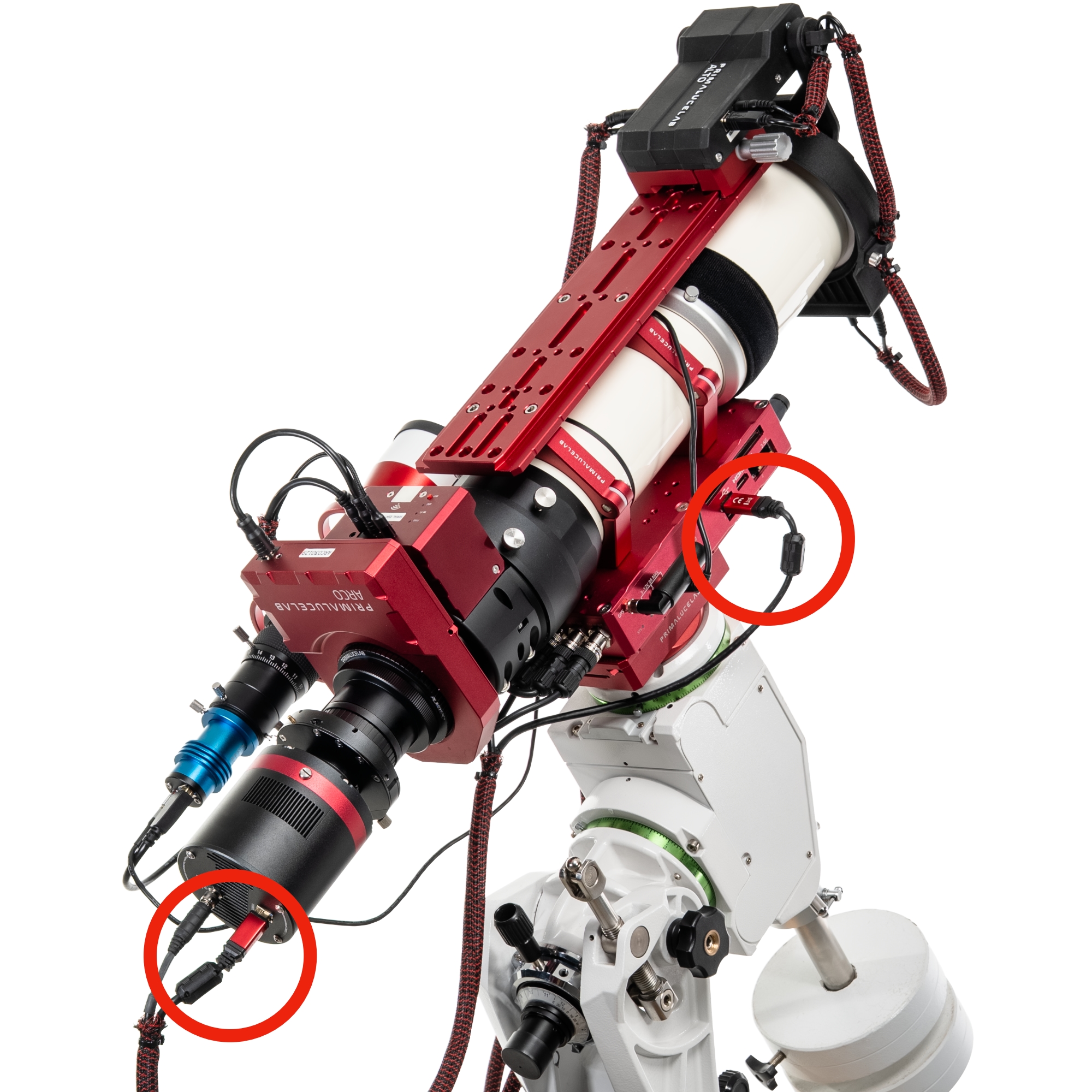The EAGLE includes a built-in GPS module to automatically detect your location and time, which is important for astronomical applications. In most cases, the GPS gets a fix in a very short time after powering on the EAGLE. However, in certain conditions, you may notice that the GPS is not able to detect any satellites and fails to acquire a position and timing. This guide helps you understand why this might happen and how to resolve it.
When you power on your EAGLE, the GPS module automatically attempts to acquire a position fix. This process typically takes 2–3 minutes because the GPS performs a cold start. In a cold start, the GPS discards any previously stored data and begins searching for satellites from scratch. This is the slowest type of GPS acquisition because the system has no prior information to aid in locating satellites. If, after several minutes, the EAGLE Manager X still shows 0 satellites, this is not related to a software issue but your GPS may be experiencing radio frequency interference (RFI). One common source of RFI is USB 3.0 ports and devices: when active, USB 3.0 can emit radio frequencies that interfere with the GPS signal.
Step-by-step troubleshooting:
1. Disconnect all USB 3.0 devices from the EAGLE.
2. Wait 2–3 minutes and check if the GPS is now able to get a fix.
• If the GPS starts working, the interference was likely caused by one of the USB 3.0 devices or cables.
3. Reconnect your USB devices one at a time, checking the GPS status after each connection.
• When you notice that the GPS signal drops after connecting a specific device, you’ve identified the source of interference.

How to reduce USB 3.0 interference with GPS:
• Use high-quality, double-shielded or triple-shielded USB 3.0 cables instead of standard ones that may come with your device.
• Add ferrite beads to both ends of the USB 3.0 cable to suppress high-frequency noise.
• Use an external GPS antenna. The EAGLE’s GPS uses a standard SMA male connector, so you can replace the included antenna with an external GPS antenna that has a long cable. This allows you to position the antenna away from interference sources, for example on the telescope tripod or another isolated location.
By following these steps, you can restore GPS functionality and reduce the risk of interference in future sessions.
